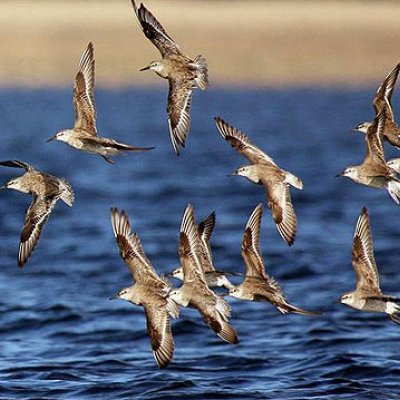For the first time, researchers have revealed how a person’s genes can play a part in their enjoyment of nature, potentially changing the way we look at our affinity with the natural world.
4 February 2022Public use of parks and reserves increased only slightly during last year’s COVID-19 national lockdown despite gyms and sports facilities shutting down, a University of Queensland study found.
28 May 2021As the world looks to tighten up the illegal capture of wildlife, migratory birds are being threatened by widespread and unsustainable hunting across the Asia-Pacific region.
21 May 2020Artificial intelligence and extensive satellite imagery have allowed researchers to map the world’s intertidal zones for the first time, revealing a significant loss of the crucial ecosystem.
20 December 2018An international team of citizen scientists and researchers has identified a major contributor to the dramatic decline of migratory shorebird populations in Australia.
11 April 2017University of Queensland-led research published in Nature has found that nearly three-quarters of the world’s threatened species are in peril because people are converting their habitat into agricultural lands and overharvesting species.
11 August 2016People who visit parks for 30 minutes or more each week are much less likely to have high blood pressure or poor mental health than those who don’t, according to new research by Australian and UK environmental scientists.
24 June 2016How do you reconcile the recreational needs of a city of two million people with the protection of migratory birds recovering after journeys half way around the planet?
22 April 2016Global climate change resembles a room of second-hand smoke, new research has found, with countries emitting the least amount of gasses suffering the most.
8 February 2016University of Queensland scientists are calling for greater international collaboration to save the world’s migratory birds, with research finding more than 90 per cent of species are inadequately protected due to poorly coordinated conservation...
4 December 2015Environmental scientists have developed a new, low-cost way to save rare animals and plants from poachers and plunderers – using maths.
26 February 2014Millions of shorebirds and some species could be lost as sea levels rise in coming decades, say UQ scientists who are working as part of an international environmental team.
6 May 2013Australians will be happier, safer and healthier if they look after the nature spots in their cities, according to new research led by The University of Queensland.
16 April 2013A new article in the international scientific journal Conservation Biology shows that Australia’s most endangered species are extremely poorly represented in the nation’s protected area system.
3 November 2010Replacing a small number of national parks and other protected areas with new ones that achieve more for conservation and biodiversity is the recommendation released today in the science journal Nature.
29 June 2010While big-city living can be fun and exciting, it can have negative impacts on quality of life as well as the environment, according to a UQ researcher.
1 June 2010

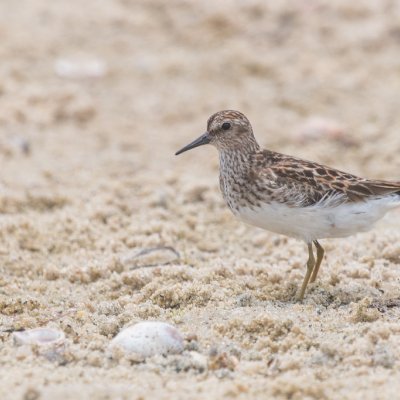
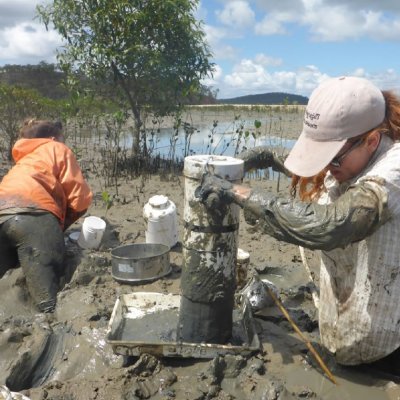
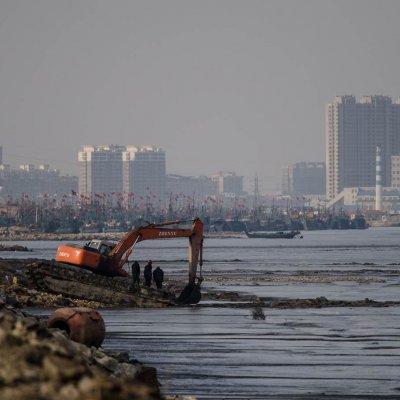
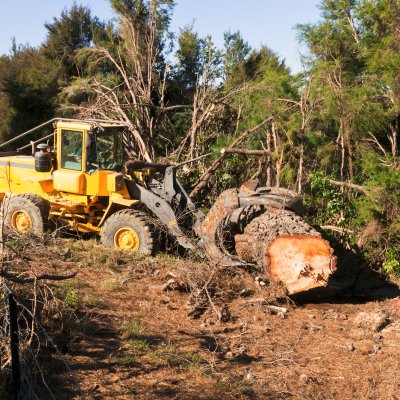
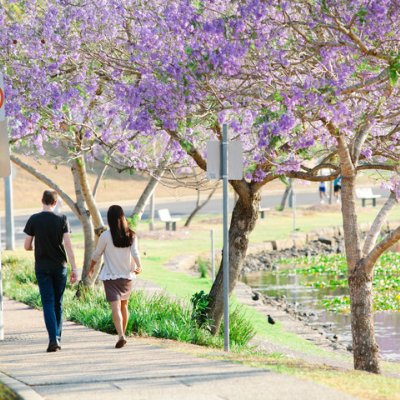
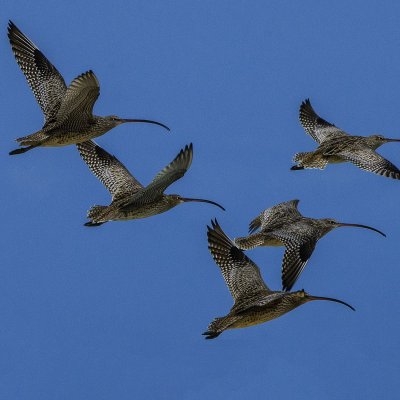

.jpg?itok=LrxrnD_s)
